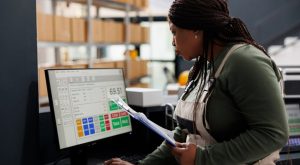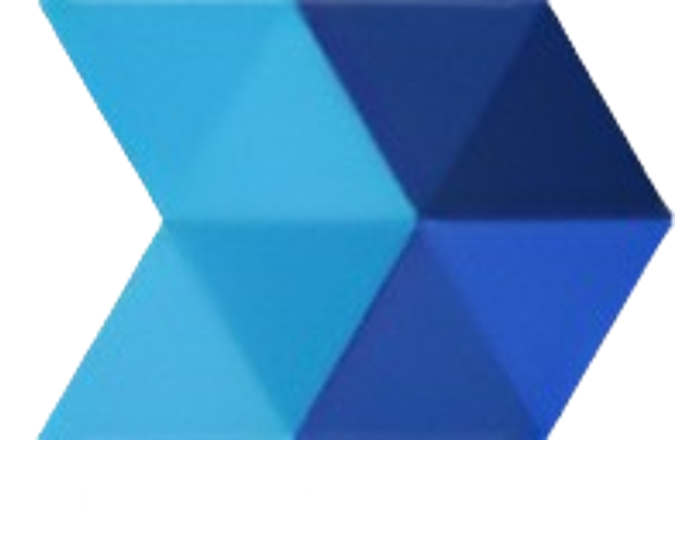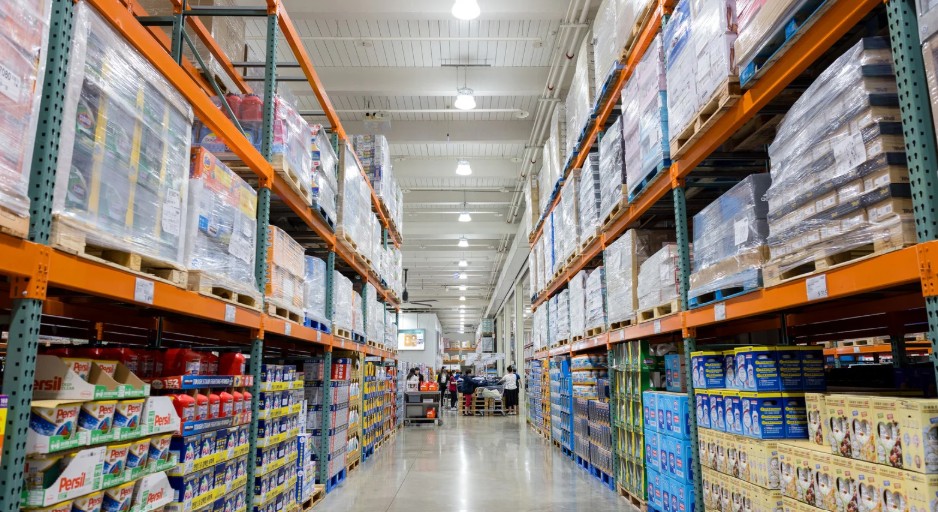Today, Consumer Packaged Goods (CPG) companies face numerous challenges, including supply chain complexities, shifting consumer preferences, and the need for operational efficiency.
Many turn to a CPG software solution designed to streamline processes and drive growth to navigate these hurdles. This article explores what consumer packaged goods software entails and how it revolutionizes the CPG industry.
What is CPG?
The Consumer Packaged Goods industry includes products consumers use daily, such as food, beverages, personal care items, and household cleaning supplies.

With an industry worth over $2 trillion globally, competition is fierce, and efficiency is essential to maintaining market share. However, traditional processes and outdated systems often lead to inefficiencies, missed opportunities, and high operational costs.
According to a McKinsey report, implementing CPG software solutions can reduce operational inefficiencies by up to 30%.
These tools streamline operations, offer actionable insights, and help companies adapt to rapidly changing consumer behaviors, giving them a significant edge in a competitive market.
Defining Consumer Packaged Goods Software
Consumer packaged goods software refers to digital platforms designed to manage and enhance various aspects of operations within the CPG industry.
Unlike generic business tools, CPG software is tailored to handle the industry’s unique complexities, such as supply chain management, inventory tracking, and demand forecasting.
Research indicates that 85% of leading CPG companies now use advanced software to improve operational efficiency and maintain a competitive edge. These tools integrate seamlessly with existing systems, enabling businesses to analyze real-time data, optimize resources, and make informed decisions.
For instance, a CPG software vendor might offer AI-driven capabilities that predict trends based on historical and real-time data, helping businesses stay ahead of market demands.
Key Features and Functionalities

The true power of CPG software solutions lies in their features, which address the industry’s most pressing needs. Here are the standout functionalities:
1. Supply Chain Management
Efficient supply chain management is critical in an industry where delays can lead to significant losses.
CPG software enhances visibility across the supply chain, enabling better coordination with suppliers and distributors. Companies using these tools have reported a 20% reduction in lead times, improving overall supply chain efficiency.
2. Inventory Control
Inventory mismanagement is a costly issue in the CPG sector. Overstocking can lead to waste, while stockouts result in lost sales.
Consumer packaged goods software provides real-time tracking, helping businesses maintain optimal inventory levels. According to industry studies, real-time inventory tracking can reduce holding costs by 15% to 20%.
3. Demand Forecasting
Accurately predicting consumer demand is essential for avoiding overproduction or underproduction.
By leveraging machine learning and advanced analytics, CPG software can improve forecasting accuracy by 30% to 40%, ensuring resources are allocated effectively.
4. Sales and Marketing Analytics
Insights into sales performance and consumer preferences enable companies to craft data-driven marketing strategies. Businesses using CPG software vendors to analyze sales trends have reported a 25% increase in campaign effectiveness.
5. Order Management
Efficient order processing ensures timely delivery and customer satisfaction. Automating workflows through CPG software solutions has been shown to reduce processing errors by 40%, leading to smoother operations and happier customers.
Transformational Impact on the CPG Industry
The adoption of software for CPG has driven significant transformations in the industry. Let’s break down the key benefits:
Operational Efficiency
Automation reduces reliance on manual processes, saving time and minimizing errors. According to Deloitte, companies using CPG software solutions have achieved a 20%-25% increase in operational efficiency, freeing up resources for strategic initiatives.
Cost Reduction
Businesses can cut costs significantly by optimizing inventory and supply chain management.
A report by PwC highlights that companies implementing CPG software reduce operational costs by an average of 15% to 20%, translating to substantial savings over time.
Agility and Responsiveness
The CPG market is dynamic, with trends and consumer preferences changing rapidly. Real-time data provided by CPG software enables businesses to adapt quickly, helping them maintain a competitive edge.
Studies show that companies leveraging real-time insights respond to market changes 50% faster than those relying on traditional methods.
Enhanced Collaboration
Improved communication within the supply chain fosters stronger partnerships and smoother operations.
For example, businesses using collaborative tools within CPG software solutions reported a 30% improvement in supplier relationships, leading to better outcomes for all parties involved.
Challenges Addressed by CPG Software

While the benefits are clear, it’s worth noting how CPG software vendors address specific industry challenges:
- Supply Chain Disruptions: Advanced analytics predict potential disruptions, enabling proactive responses and reducing downtime.
- Consumer Behavior Insights: Detailed analytics offer a deeper understanding of customer needs, enabling targeted campaigns and product adjustments.
- Regulatory Compliance: Built-in compliance tools ensure products meet industry standards, reducing the risk of fines or recalls.
CPG software solutions empower companies to operate more effectively in a challenging environment by tackling these issues.
The Role of Technology in Future Growth
As the CPG industry evolves, technology will play an even more significant role in shaping its future. AI and IoT integrations are already enhancing CPG software, offering predictive analytics and more intelligent automation.
For example, companies using AI-driven tools have reported a 20% increase in forecasting accuracy, leading to better decision-making and resource allocation.
Sustainability is also becoming a priority. Many CPG software vendors now include features that track environmental impact, helping companies align with eco-friendly goals. A recent study found that 60% of CPG companies invest in technology to reduce their carbon footprint.
Conclusion
In an industry as dynamic and competitive as Consumer Packaged Goods, embracing innovation is no longer optional—it’s essential.
Consumer packaged goods software has proven to be a transformative force, offering tools to streamline operations, enhance decision-making, and adapt to market changes.
From supply chain optimization to real-time data insights, these solutions provide a strategic advantage that sets businesses apart. As technology advances, the role of CPG software vendors will only grow, shaping the industry for years.
For CPG companies looking to stay competitive, investing in the right CPG software solution is the first step toward long-term success.
Author Profile

- Blogger by Passion | Contributor to many Business Blogs in the United Kingdom | Fascinated to Write Blogs in Business & Startup Niches |
Latest entries
 BusinessDecember 12, 2025The Smart SME’s Guide to Future-Proofing Physical Assets
BusinessDecember 12, 2025The Smart SME’s Guide to Future-Proofing Physical Assets FinanceOctober 28, 2025How to Measure the ROI of Your Promotional Product Campaigns?
FinanceOctober 28, 2025How to Measure the ROI of Your Promotional Product Campaigns? Home & LivingOctober 4, 2025Moving Forward When Leicester Family Dynamics Change
Home & LivingOctober 4, 2025Moving Forward When Leicester Family Dynamics Change BusinessSeptember 22, 2025Always-On SMEs: The UK Business Owner’s Guide to Seamless Travel Data for Sales Trips, Trade Fairs & Remote Teams
BusinessSeptember 22, 2025Always-On SMEs: The UK Business Owner’s Guide to Seamless Travel Data for Sales Trips, Trade Fairs & Remote Teams





